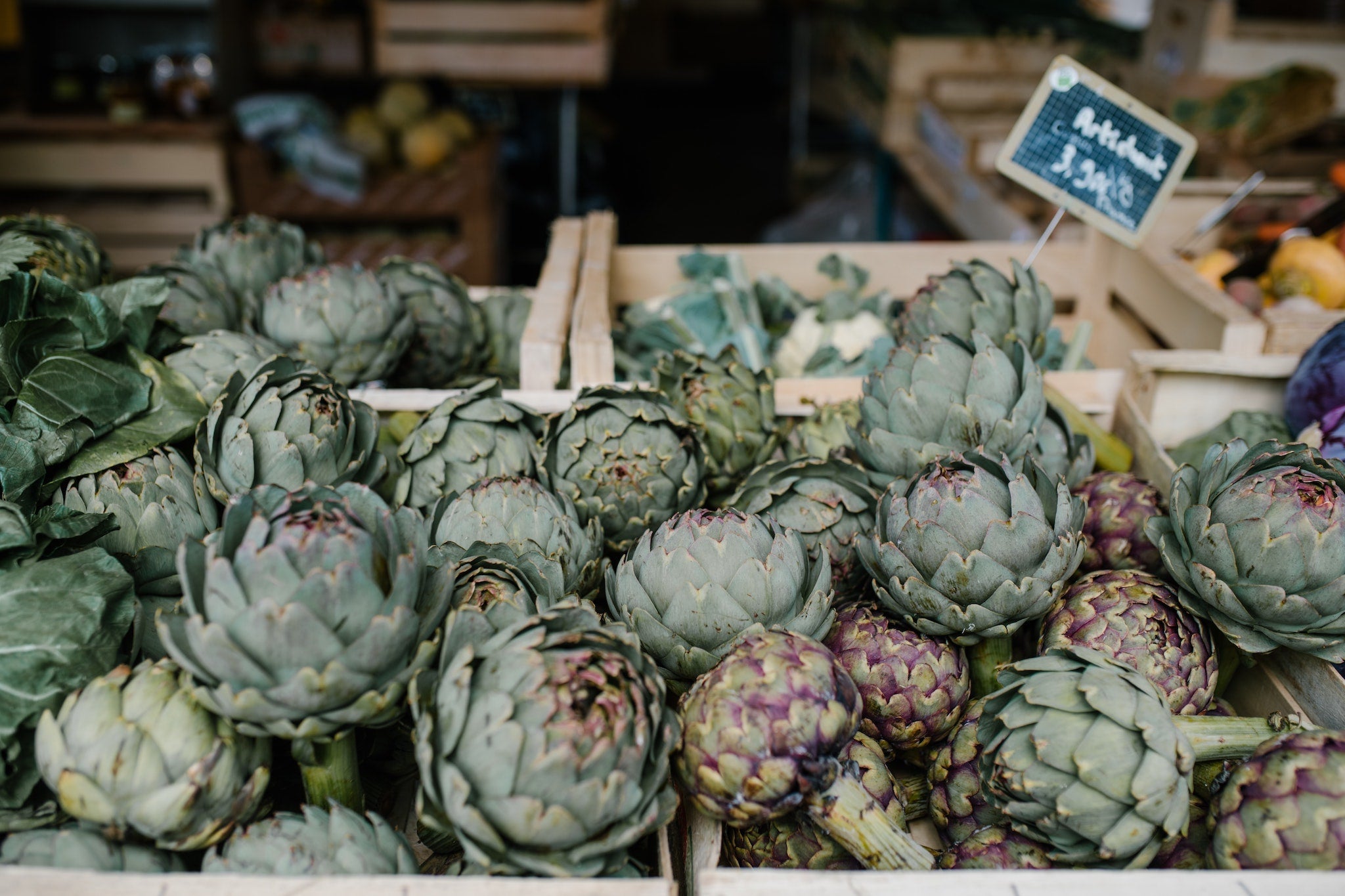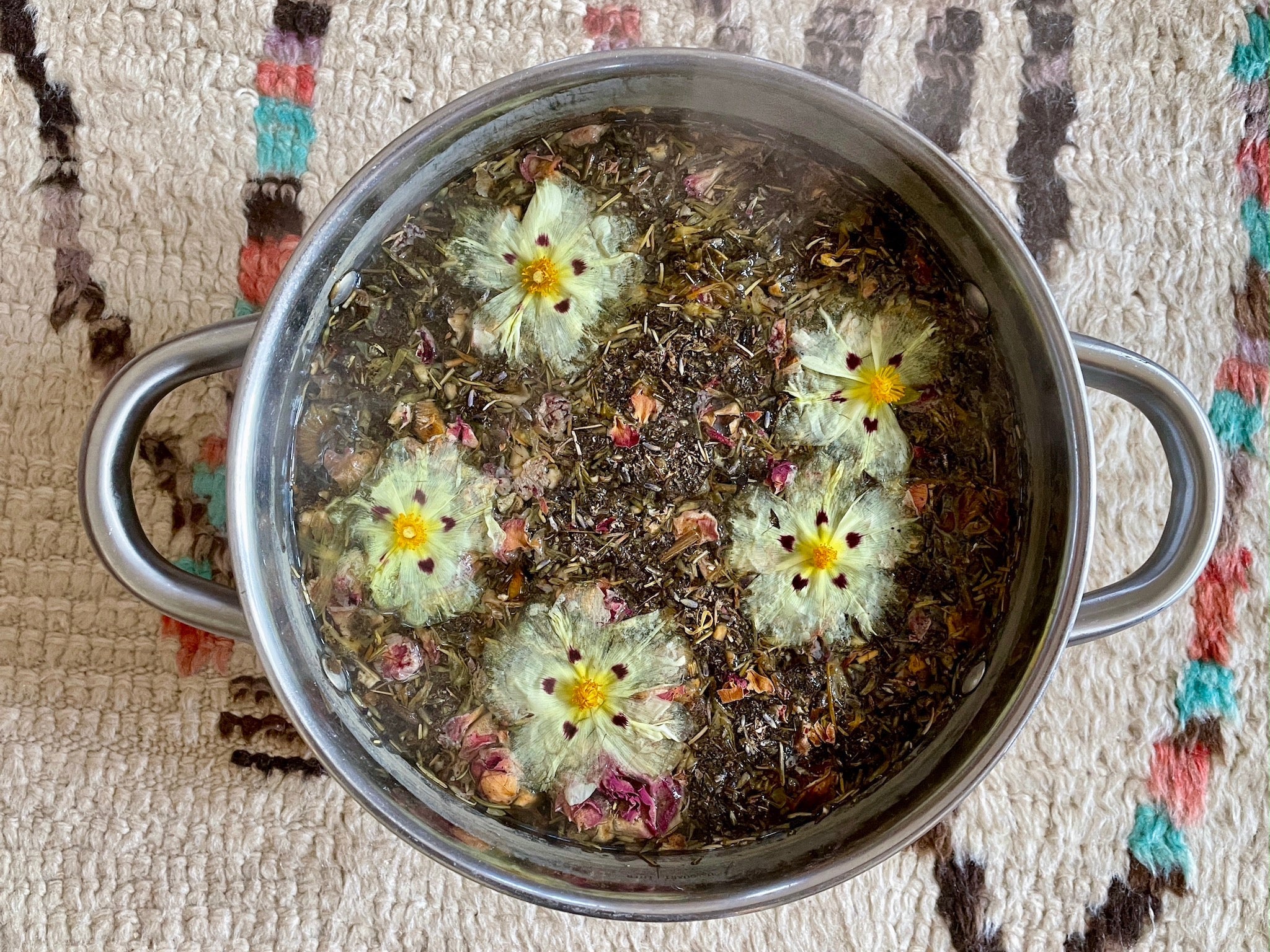
Happy Earth Day! Guided Nature Meditations to Balance Each Dosha
“There are hundreds of ways to kneel & kiss the ground”.
-Rumi
Each year on April 22nd, as a united world, we commemorate our home, planet Earth. Earth Day serves as a time for us to collectively honor and bow to the beauty, abundance and powerful cyclical forces of Mother Nature. It also serves to remind each of us of our personal responsibility to be stewards of this magnificent life-supporting planet so that we may preserve its health and wellbeing.
Ayurveda, meaning the ‘science of life’, is truly an earth-based medical system. Informed by the elements and cycles of the earth, Ayurvedic medicine utilizes herbal plant wisdom and the energetics found in the natural world to restore health, balance and harmony to the spirit, skin, body and mind. Through working with the 5 elements (ether, air, fire, water and earth) and the 3 doshas (vata, pitta and kapha), Ayurveda helps us to cultivate a deeper understanding and connection with our true selves as natural beings, allowing us to reawaken to the concept that we are a part of nature rather than separate from it.
In honor of Earth Day, we would like to share with you a few meditative ways for each dosha to connect with the earth. Please use these meditations as guides to inspire your time in nature. If you are unfamiliar with your Ayurvedic constitution, we encourage you to take our Dosha Quiz to determine your predominant dosha or doshas. Alternatively, for a deeper understanding, we also offer Ayurvedic Consultations with our in house Clinical Ayurvedic Specialist, Laurel Odom.

A Guided Meditation in Nature to Balance Vata Dosha
- Go for a gentle walk or hike in nature. Focus on the connection between your feet and the ground. Notice the stabilizing energy of the earth below you.
- As you walk, internally chant the bija mantra “lum” to invite in the earth element and connect with muladhara chakra, also known as your root chakra.
- Find a nearby rock and lay yourself across its solid surface. If it is a sunny day, this practice is even better for balancing vata as the heat of the sun absorbed within the rock will bathe your body with a warm and grounding energy.
- Commune with the trees that surround you. Touch,hug and feel their steady and dense quality. Imagine what it would be like to be their roots expanding deep down within the earth and its soil.
- Focus on the many shades of greens and browns found in nature. These colors are particularly balancing to vata dosha.
- Sit for meditation and practice Vata Balancing Pranayama.
- At home, get your hands in the soil. Plant perennial or annual plants, flowers and herbs that grow well within your region. Some of our favorite vata pacifying flowers and herbs to plant include lavender, rose, rose geranium, chamomile, jasmine, rosemary, lemon balm, licorice, ginger, cumin, comfrey, turmeric, ashwagandha and shatavari.

A Guided Meditation in Nature to Balance Pitta Dosha
- Spend time at a local water source. Find a lake, pond, stream, river and/or ocean to spend a day.Once you arrive at your water source, anoint yourself in the water’s cool, flowing, smooth, loving embrace.
- Once you are cooled down, find a shady spot to sit and commune with nature.
- Internally chant the bija mantra “vum” to further connect with the water element and swadhisthana chakra, also known as sacral chakra.
- Focus on all of the shades of blue, green and turquoise that emanate from the water.
- Notice the white clouds and bluebird skies above you.
- Hear the gentle, rhythmic flow of the water. This may be the sound of water lapping up against the shore, cascading over pebbles or waves breaking in the sea.
- Practice Pitta Balancing Pranyama as you bask in nature.
- At home, get your hands in the moist and cooling soil. Plant perennial or annual plants, flowers and herbs that grow well within your region. Some of our favorite pitta pacifying flowers and herbs to plant include sunflowers, peppermint, chocolate mint, spearmint, catnip, hibiscus, passionflower, red clover, dandelion, lavender, rose, rose geranium, chamomile, jasmine, lemon balm, licorice, fennel, coriander, cumin, ylang ylang, turmeric, and shatavari.

A Guided Meditation in Nature to Balance Kapha Dosha
- Take a brisk walk or hike in nature.Select a destination that you have never been to before.
- Feel your heart pumping and circulation flowing, keeping your body in motion as you embark on this new adventure in the natural world.
- Begin to notice your surroundings with your senses. Watch the animals, bees and butterflies as they swiftly go about their day. Smell the sweet fragrance of wildflowers and herbaceous plants. Hear the songs of the birds cheerfully chirping. Embrace the sound and swift feeling of the wind rustling through the trees. Enjoy the warm sensation of the sun against your skin.
- As you walk, internally chant the mantra “rum” to evoke the fire element and rev up the warming energy associated with the manipura chakra, also known as the solar plexus chakra.
- Experience the wide array of colors in the natural world. Notice the pops of color that flowers bestow upon your surroundings, connecting with their cheerful shades of pink, orange, yellow, red and purple.
- Find a place to sit and practice Kapha Balancing Pranayama.
- At home, keep your body in motion and plant new herbs, flowers and plants that are new to your garden. Some of our favorite kapha pacifying flowers and herbs to plant include tulsi, peppermint, rosemary, thyme, basil, lemon balm, lemongrass, lavender, rose, turmeric, mullein, sage, marigolds, aloe vera, black pepper and eucalyptus.
We hope that you find these guided meditations to be fun and creative ways to further connect with the Earth and its elements. You may choose to practice these meditations in sequence or practice individual rituals on their own. May your Ayurvedic rituals continue to help foster a greater love for yourself as well as for Momma Earth. Happy Earth Day!
For more information and insights on how we protect the earth as a small business, please visit our Recycle Program and learn more about our organic ingredients and sustainability efforts on our FAQ page.





Leave a comment
This site is protected by hCaptcha and the hCaptcha Privacy Policy and Terms of Service apply.